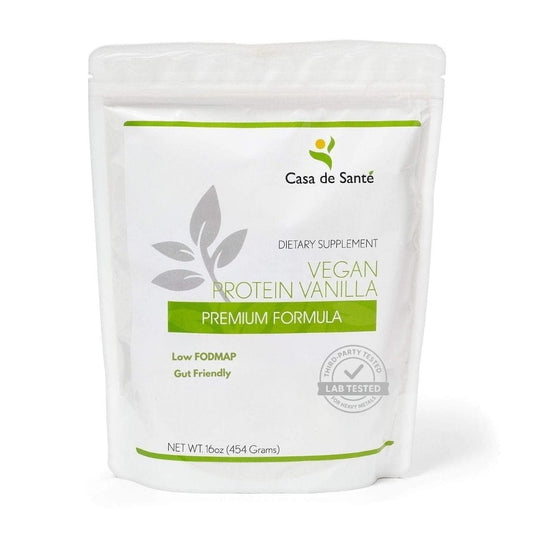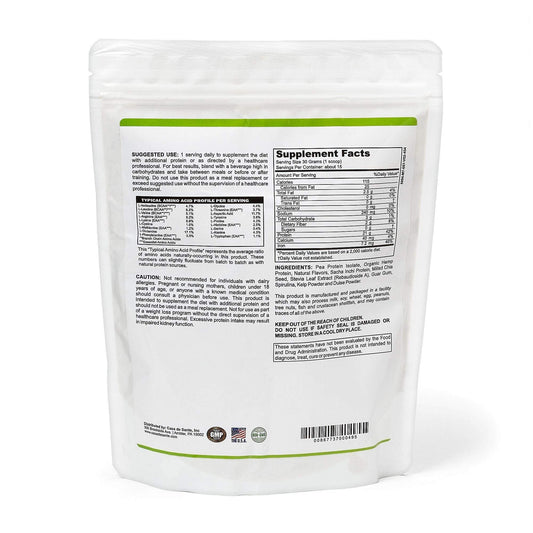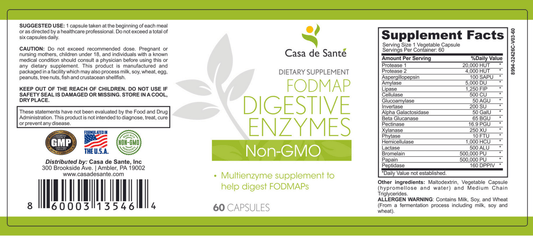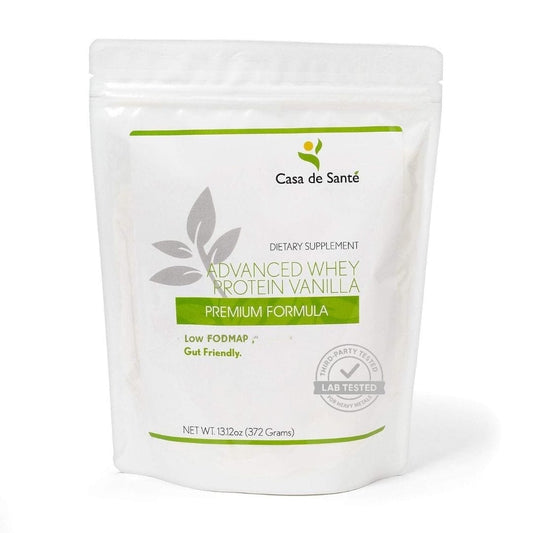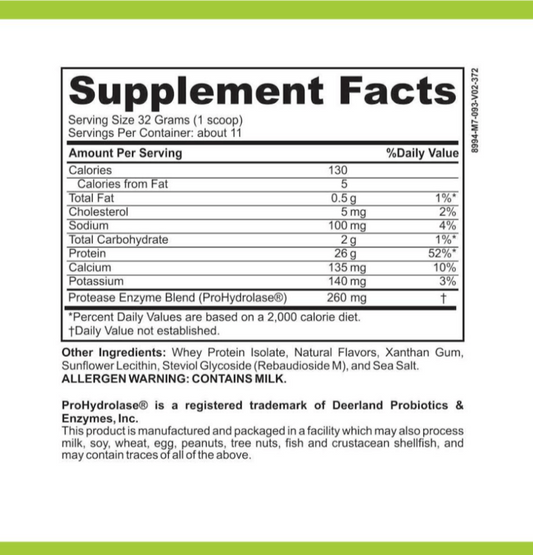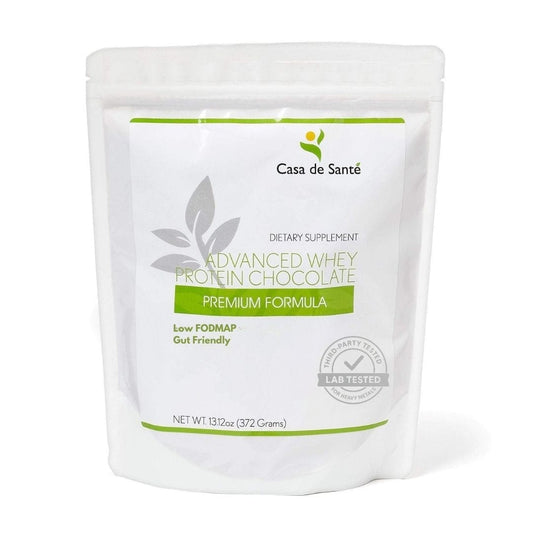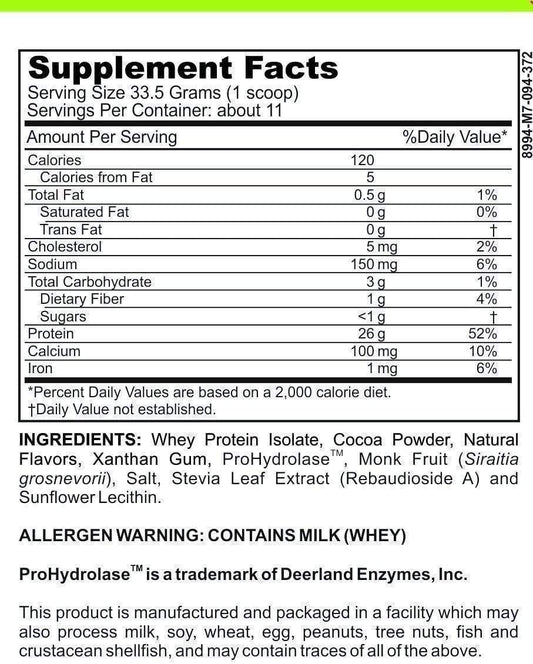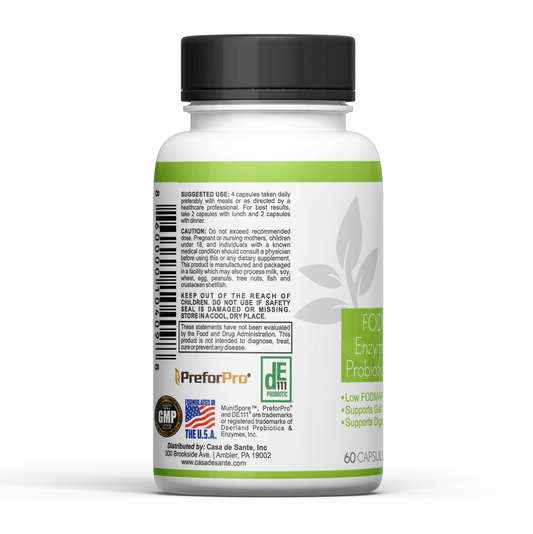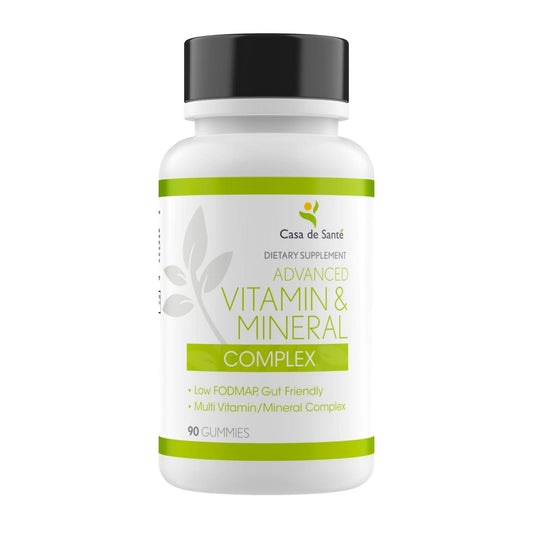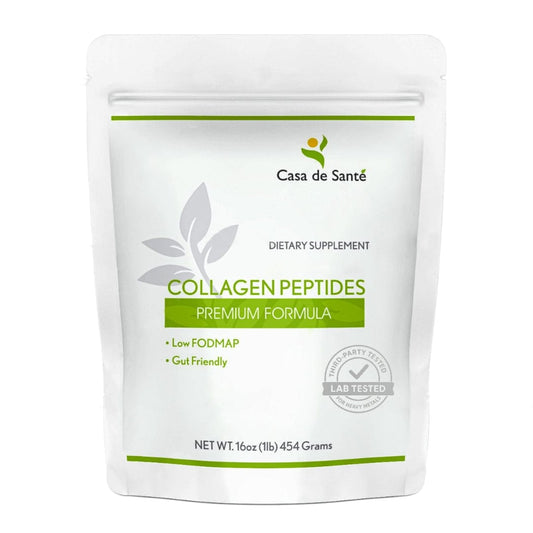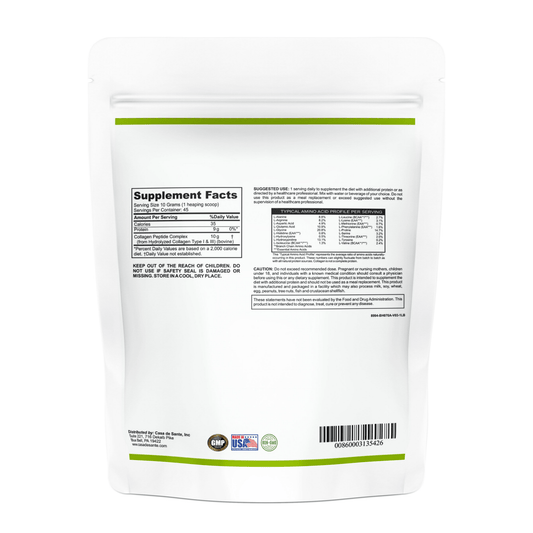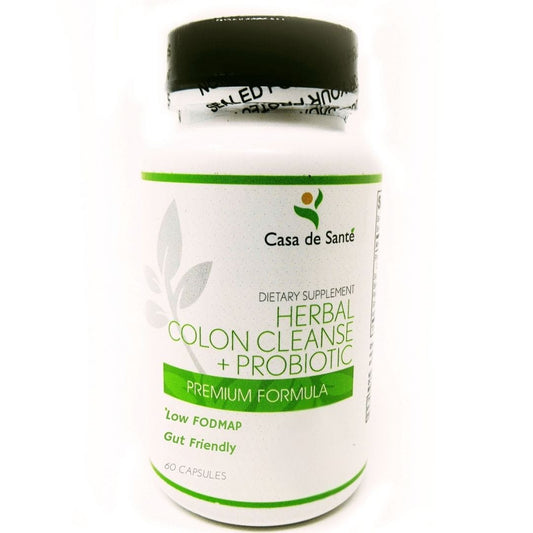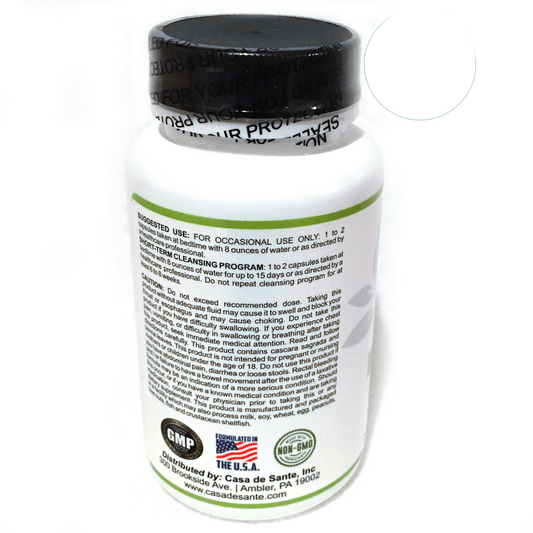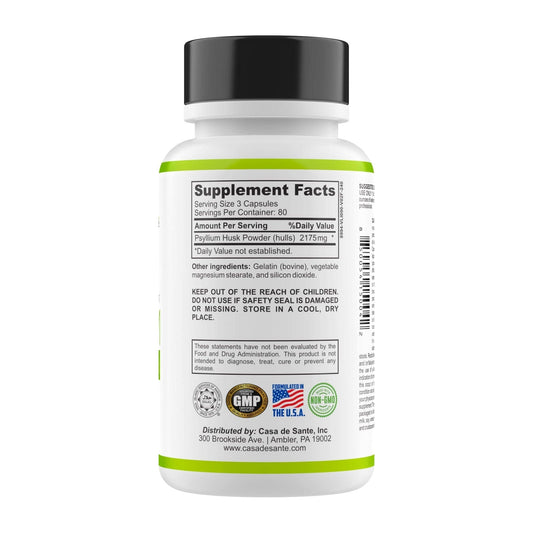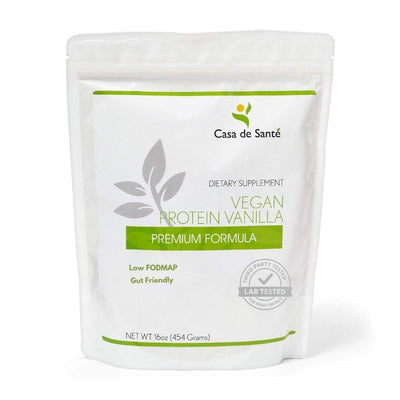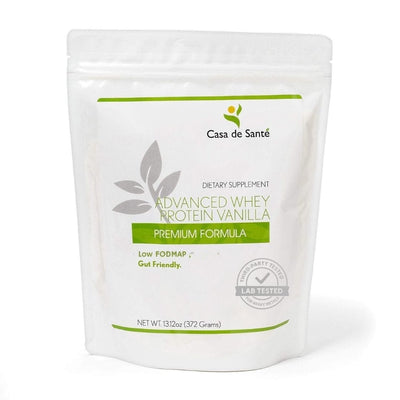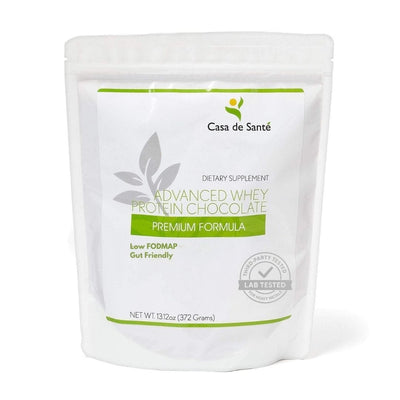Rice Pasta vs Teff Pasta
Rice Pasta vs Teff Pasta
Rice Pasta and Teff Pasta are two popular gluten-free alternatives to traditional wheat pasta. In recent years, they have gained a significant following among individuals with celiac disease, gluten sensitivity, or those simply seeking a healthier pasta option. In this article, we will delve into the world of Rice Pasta and Teff Pasta, exploring their origins, nutritional profiles, cooking tips, and health benefits. By the end of this article, you will be equipped with the knowledge to make an informed decision about which pasta option suits your dietary needs and preferences.
Understanding the Basics: What is Rice Pasta?
Rice Pasta, as the name suggests, is a type of pasta made from rice flour instead of wheat flour. It is a staple in many Asian cuisines and provides an excellent gluten-free alternative for individuals on restricted diets. Rice Pasta has gained popularity in recent years due to its mild flavor, versatility, and ease of digestion.
But what exactly makes rice pasta different from traditional wheat-based pasta? Well, the main difference lies in the flour used. While traditional pasta is made from wheat flour, rice pasta is made from finely milled rice flour. This substitution makes rice pasta suitable for those with gluten sensitivities or celiac disease, as it contains no gluten proteins.
Now, let's dive into the fascinating origin and history of rice pasta.
Origin and History of Rice Pasta
The origin of Rice Pasta dates back thousands of years and can be traced to various regions of Asia, including China, Japan, and Southeast Asia. In these cultures, rice has always been a dietary staple, and the idea of transforming it into pasta was a natural progression.
In China, rice noodles, a type of rice pasta, have been a beloved culinary tradition for centuries. The process of making rice noodles involves soaking rice in water, grinding it into a paste, and then extruding it through a noodle press. The resulting noodles are then either cooked immediately or dried for later use.
In Japan, rice pasta takes the form of udon noodles, which are thick and chewy. Udon noodles are made by kneading rice flour with water and then rolling and cutting the dough into the desired shape. These noodles are commonly used in dishes like udon soup or stir-fried udon.
Southeast Asian cuisines, such as Thai and Vietnamese, also have their own variations of rice pasta. In Thailand, rice noodles are used in popular dishes like Pad Thai, while in Vietnam, rice paper is used to make spring rolls.
Now that we've explored the rich history of rice pasta, let's take a closer look at its nutritional profile.
Nutritional Profile of Rice Pasta
Rice Pasta is naturally gluten-free, making it a suitable choice for individuals with gluten sensitivities or those following a gluten-free diet. It is also low in fat, cholesterol-free, and a good source of complex carbohydrates.
One of the benefits of rice pasta is its high carbohydrate content. Carbohydrates are the body's primary source of energy, and consuming complex carbohydrates like those found in rice pasta can provide sustained energy throughout the day.
In addition to being a good source of energy, rice pasta also contains essential minerals. Iron, for example, is crucial for the production of red blood cells and the transportation of oxygen throughout the body. Niacin, another essential mineral found in rice pasta, plays a vital role in cell metabolism and DNA repair.
Now that we've covered the nutritional aspects, let's move on to some cooking tips for rice pasta.
Cooking Tips for Rice Pasta
When cooking Rice Pasta, it is essential to follow the package instructions for the specific type you have chosen, as cooking times and methods may vary. Different types of rice pasta, such as rice noodles or rice vermicelli, may require different cooking techniques.
In general, Rice Pasta cooks quickly and tends to become sticky if overcooked. To achieve the best texture, it is recommended to cook it al dente, which means it should still have a slight firmness when bitten into. This will give your rice pasta a pleasant chewiness.
While cooking rice pasta, it's important to keep an eye on it and stir occasionally to prevent clumping. If you find that your rice pasta is sticking together, you can add a small amount of oil to the boiling water to help prevent this issue.
Another tip to keep in mind is to avoid rinsing rice pasta after cooking. Unlike traditional pasta, rinsing rice pasta can remove essential starches that contribute to its taste and texture. Instead, simply drain it well and toss it with your desired sauce or ingredients.
With these cooking tips in mind, you'll be able to prepare a delicious and satisfying rice pasta dish that will impress your family and friends.
Delving into Teff Pasta
Teff Pasta is another gluten-free pasta alternative gaining popularity in recent years. Made from teff flour, which is derived from an ancient grain native to Ethiopia, Teff Pasta offers a unique taste and texture that sets it apart from other gluten-free pasta options.
But what makes Teff Pasta truly special is its fascinating origin and rich history. Let's take a closer look at how this nutritious pasta came to be.
Origin and History of Teff Pasta
Teff Pasta traces its origins to Ethiopia, where teff grain has been cultivated for thousands of years. Teff, a small grain with a long history, has been a staple in Ethiopian cuisine and culture. Its flour has been traditionally used to make a variety of Ethiopian bread, porridge, and pasta dishes.
For centuries, teff has played a vital role in the Ethiopian diet, providing essential nutrients and sustaining the population. The grain's resilience to drought and its ability to grow in diverse climates have made it a reliable source of sustenance for generations.
In recent years, Teff Pasta has gained global recognition for its health benefits and culinary versatility. As people become more health-conscious and seek alternative options to traditional wheat-based pasta, Teff Pasta has emerged as a delicious and nutritious choice.
Nutritional Profile of Teff Pasta
Teff Pasta is not only flavorful but also packed with nutrients, making it an excellent choice for those seeking a nutrient-dense pasta option. One of the standout features of Teff Pasta is its high fiber content. Fiber is essential for maintaining a healthy digestive system and promoting feelings of fullness.
In addition to fiber, Teff Pasta is also a good source of protein, making it a great option for individuals looking to increase their protein intake. Protein is crucial for muscle repair and growth, as well as supporting various bodily functions.
Furthermore, Teff Pasta contains essential minerals such as iron and calcium. Iron is necessary for the production of red blood cells and the transportation of oxygen throughout the body. Calcium, on the other hand, is vital for maintaining strong bones and teeth.
It's worth noting that Teff Pasta is naturally gluten-free, making it suitable for individuals with gluten sensitivities or celiac disease. This opens up a world of possibilities for those who follow a gluten-free diet but still want to enjoy delicious pasta dishes.
Cooking Tips for Teff Pasta
Now that you're familiar with the origins and nutritional benefits of Teff Pasta, let's dive into some cooking tips to help you make the most out of this unique pasta.
Similar to Rice Pasta, it is crucial to follow the cooking instructions on the packaging when preparing Teff Pasta. Each brand may have slightly different cooking times and methods, so it's essential to read and follow the instructions carefully.
When cooking Teff Pasta, it's important to keep in mind its slightly nutty flavor and delicate texture. To fully enjoy these characteristics, consider cooking the pasta al dente, which means it should have a firm bite. This will help retain the unique texture and prevent the pasta from becoming mushy.
To prevent the Teff Pasta from sticking together, be sure to stir it occasionally during cooking. This will help distribute the heat evenly and prevent clumping. Additionally, avoid overcrowding the pot to ensure that each strand of pasta cooks properly and maintains its individuality.
With these cooking tips in mind, you're ready to explore the culinary possibilities of Teff Pasta. Whether you're creating a traditional Ethiopian dish or experimenting with new flavors, Teff Pasta is sure to elevate your pasta experience.
Comparing Rice and Teff Pasta
Now that we have explored the individual characteristics of Rice Pasta and Teff Pasta, let's compare them side by side to help you make an informed decision.
Taste and Texture Comparison
Rice Pasta has a neutral taste and a delicate, slightly chewy texture. It absorbs the flavors of sauces and ingredients, making it a versatile choice for various dishes. On the other hand, Teff Pasta has a unique nutty flavor and a slightly richer, heartier texture. It adds its distinct taste to dishes and pairs exceptionally well with robust sauces and ingredients.
Nutritional Comparison
In terms of nutrition, both Rice Pasta and Teff Pasta offer notable benefits. Rice Pasta is low in fat, cholesterol-free, and a good source of complex carbohydrates. It provides a quick source of energy and essential nutrients. Teff Pasta, on the other hand, provides higher levels of minerals such as iron and calcium, along with higher fiber and protein content. It offers sustained energy and excellent nutrient density.
Price and Availability Comparison
When it comes to price and availability, Rice Pasta tends to be more widely available and affordable due to its popularity and long-standing presence in Asian markets. Teff Pasta, often considered a specialty item, can be slightly more expensive and may require a visit to specialty stores or online suppliers to find a reliable source.
Health Benefits and Drawbacks
Both Rice Pasta and Teff Pasta offer unique health benefits, but it is essential to consider possible drawbacks and allergies as well.
Health Benefits of Rice Pasta
As a gluten-free alternative, Rice Pasta allows individuals with celiac disease or gluten sensitivities to enjoy pasta dishes without adverse effects. It is also a good source of energy and provides essential nutrients, making it a suitable choice for those following a balanced diet.
Health Benefits of Teff Pasta
Thanks to its high nutrient content, Teff Pasta offers numerous health benefits. It is a great source of dietary fiber, aiding digestion and promoting a healthy gut. Teff Pasta also provides essential minerals, such as iron and calcium, which are important for bone health and overall well-being.
Potential Drawbacks and Allergies
While Rice Pasta and Teff Pasta are generally well-tolerated, it is important to note that some individuals may have allergies or sensitivities to specific grains. Individuals with rice or teff allergies should avoid these respective pasta options or seek alternative gluten-free pasta options, such as those made from corn, quinoa, or chickpea flour.
In conclusion, both Rice Pasta and Teff Pasta are delicious gluten-free alternatives that offer unique flavors, textures, and nutritional profiles. Your choice between the two ultimately depends on your taste preferences, dietary needs, and availability. Whether you decide to go for the mild and versatile Rice Pasta or the nutty and nutrient-dense Teff Pasta, both options will provide you with a satisfying pasta experience without compromising your dietary restrictions or health goals. Happy cooking!

